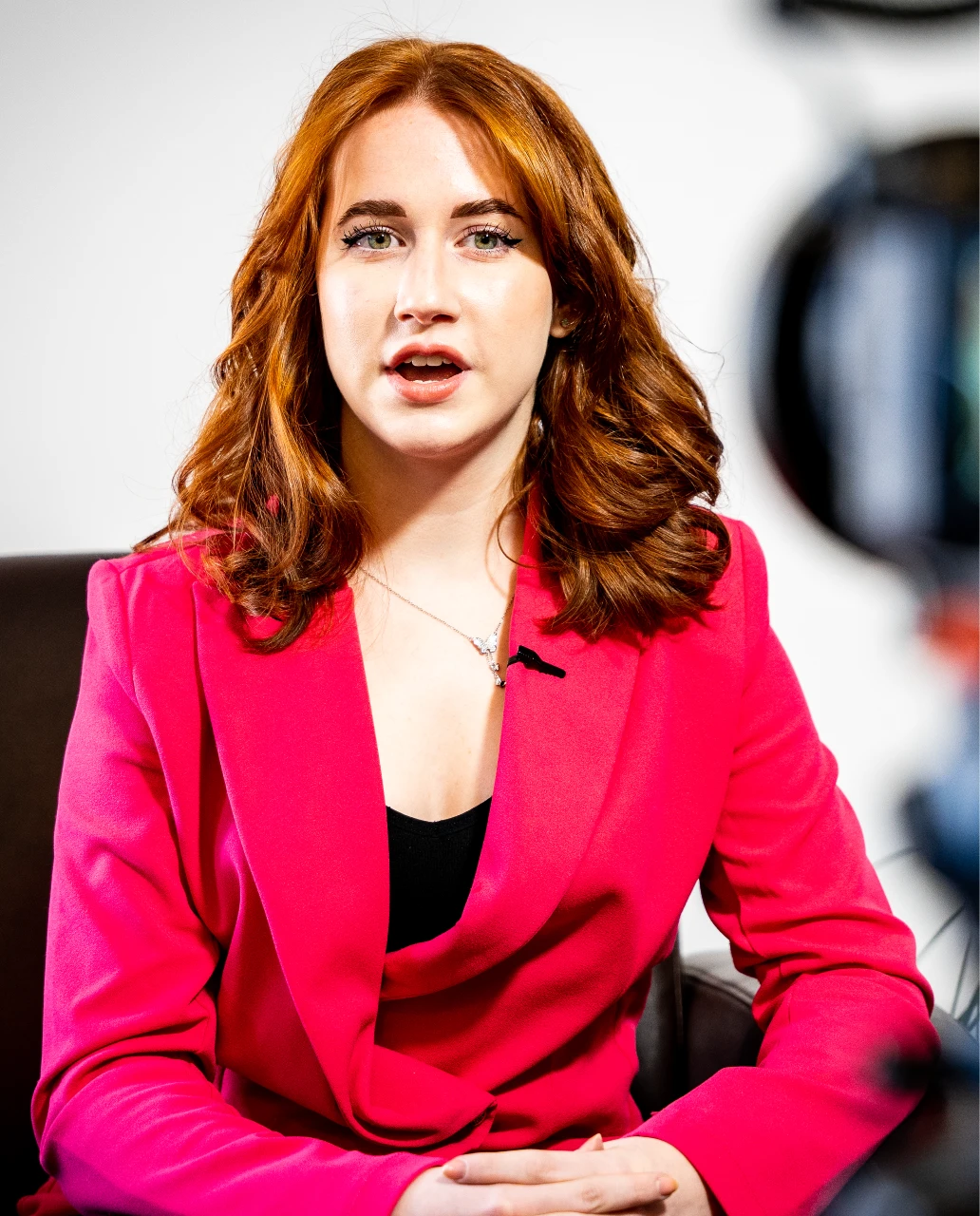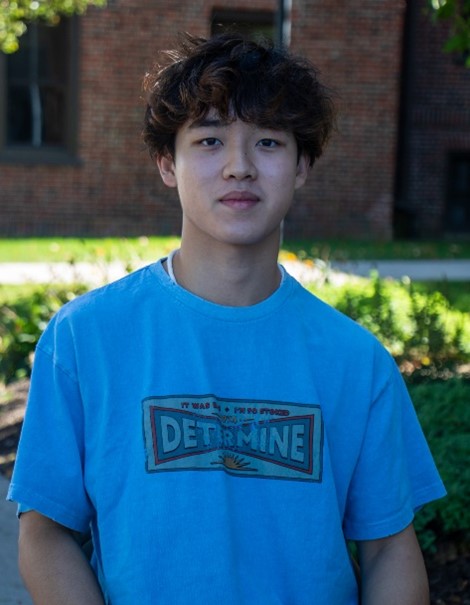At CATS Academy Boston, the Technology Department has several dedicated teachers, each with years of teaching experience and a wealth of specialist expertise. Explore ideas, experiment with materials, and build your own devices. Our technology and engineering electives will allow you to learn new skills and bring your ideas to life.
The Advanced Placement Computer Science course is taught using the Java programming language. The course objectives are to understand object-oriented software design, to gain fluency in Java, to improve proficiency in selecting appropriate algorithms and data structures, to understand algorithm efficiency especially with regard to sorting, and perhaps most importantly to prepare for the AP Computer Science exam. There are a variety of exercises, labs, and case studies in this course. The course textbook is Java Methods.
To take this elective, students requite ESL Level 4 and the completion of Algebra II or their teacher’s approval.
Students will learn how to plan, design, and build 2-D and 3-D objects fabricated with a 3-D printer and laser cutter through multiple design challenges. Students will use CAD software.
Introduction to Programming is an exciting course where students learn important concepts related to Computer Science. Students learn with hands-on projects how to go from creating simple programs in Python such as creating a wind chill calculator to more complicated programs including creating a chatbot or a graphics program for playing a game such as scrabble. Important topics include Object Oriented Programming, Standard Algorithms, and Data Structures such as arrays, lists, tuples, Iteration, Recursion, String manipulation, and creating GUIs (Graphical User Interfaces).
To take this elective, students require ESL 3 or above and must have successfully completed Algebra 1.
Students will gain an understanding of the basic principles, theories and laws of electronics and will learn how to create electric circuits, measure voltage, make a battery, use a breadboard, solder, create switches and sensors and use microcontrollers to control circuits.
This class introduces students to the exciting world of robots. Students study the myths that surround robots, examine how robots are used in popular media and stories, and consider applications of robotics in many aspects of technology and human experience. Through hands-on design and construction work, students explore how robots are constructed, how they operate, and what their limitations are. The class greatly benefits from lectures by experts in the field of robotics to expose students to the commercial uses of robots as well as future trends.
There are field trips to local robotics companies as well as to robotics events and competitions. Students focus on the origins, applications, and latest trends in robotics and learn how robots are built and controlled. There are individual and team-based projects for students to test their ideas and compete with each other as well as with outside teams.
To take this elective, students require ESL Level 3.
*Please note, course offerings are subject to change and will be offered depending on student interest.






